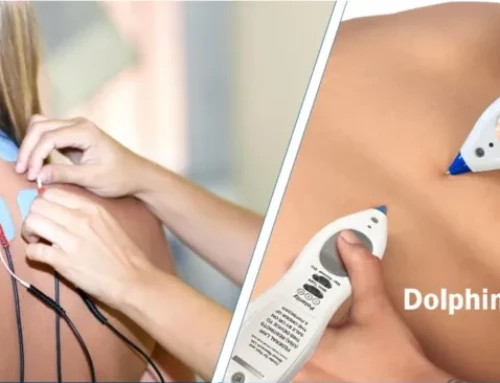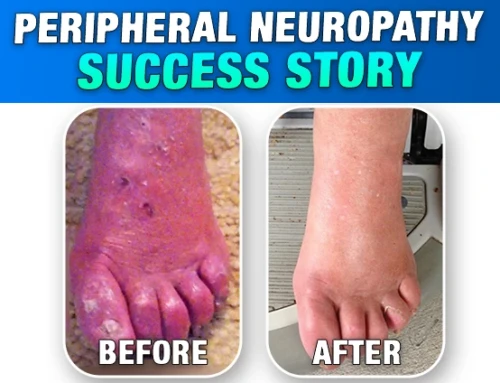Frozen shoulder is a seemingly mysterious issue. One day you seem fine, the next day you wake up with sudden onset of severe pain and the movement in your shoulder becomes progressively restricted, often to the point where movement is completed restricted.
Frozen shoulder occurs in approximately 2.4 per 1000 people per year. It affects slightly more women than men and generally occurs in middle age people. The condition causes major restriction to activities, which is incredibly frustrating because it can last up to 3 years where it miraculously disappears just as quickly as it appeared. Though, in some cases it can have ongoing symptoms.
What Causes Frozen Shoulder?
While the causes of frozen shoulder are very poorly understood, what most experts agree upon is that there is inflammation occurring in the shoulder capsule, that’s why it’s often called adhesive capsulitis – meaning shoulder capsule inflammation. Anywhere you see the a word containing ‘itis,’ it always refers to inflammation.
Osteopathic experts suggest that the cause of frozen shoulder is due to the bicep tendon becoming injured, displaced or leaking fluid into the shoulder capsule, which sets off a massive immune system response that results in a large cascade of inflammatory reactions.
Peter Mitchell, physiotherapist, proposes that the sympathetic nervous system (SNS) is involved in the cause of frozen shoulder because the SNS plays a central role in pain and dysfunction.
It makes sense that the cause would be nervous system related because the nervous system controls most of the functions in the body. With internal injury, the SNS – fight/ flight/ stress – side of the immune system goes into hyperdrive.
Is Surgery an Option for Frozen Shoulder?
While surgery is used to loosen the joint capsule in some cases, it is not the preferred option for treatment because there are other effective strategies that can help decrease pain, help the shoulder regain motion, and speed up your recovery.
3 Ways to Avoid Frozen Shoulder Surgery and Recover Faster
1. Range of Motion Exercises
When you have a frozen shoulder, you can’t lift the arm very high because it gets locked in a wing position close to your body. Therefore, gentle stretch exercises can be used to increase the range of motion in the joint and muscles.
But, when doing exercises, be careful not to overdo it as you can aggravate the tissues, which causes more pain and inflammation. This is usually temporary but can be very uncomfortable
2. Manual Therapies
A variety of manual therapies have been shown to help frozen shoulder, including massage, acupuncture, dry needling, and kinesiology. Again, it is important to note that treatments should not be too aggressive or they can aggravate the issue.
One thing in particular that manual therapies can help is in addressing the compensations that occur in other joints and muscles as a consequence of your frozen shoulder. Since your shoulder can’t move, this places more pressure on other joints and muscles to perform.
Therefore, using manual therapies can prevent too many muscular imbalances occurring over the long term, which can lead to other pain and problems.
3. Micro Point Stimulation (MPS) Therapy
A study, published in Cochrane Database Systematic Review, has shown that microcurrent therapy accelerates the body’s natural anti-inflammatory mechanisms and speeds up recovery time by sending a targeted electrical pulse into affected areas.
More than that, research has shown that MPS therapy, such as Dolphin Neurostim, directly influences the the parasympathetic nervous system (PNS) – the side that induces calm/ rest/ healing, which no other therapy can do. In order to heal frozen shoulder faster, you need to switch off the SNS and activate the PNS.
Peter Mitchell, physiotherapist, proposes that the frozen shoulder takes 1-3 years to recover because that’s how long it takes for the nervous system to recover. So while stretching and manual therapies definitely do help, they can aggravate the issue if the application is too aggressive. MPS therapy won’t aggravate the issue at all because it takes the treatment to the next level – healing the nervous system directly via PNS activation. This results in faster relief of symptoms and faster recovery, too.
Give the Dolphin Neurostim a try for your frozen shoulder. All you have to do is HYPERLINK “https://dolphinmps.com/list-testimonials/”read our many testimonials to see that people are experiencing incredible benefits for all types of hard-to-treat conditions. We hope you try it too!






Thanks for this wonderful blog. Very helpful content on Frozen shoulder
Hi
thank you so much for sharing the information with us.You have given info about the frozen shoulder treatment and that will help so many people to recover fast from that.If you are searching for a best frozen shoulder treatment center you can visit here http://www.hyderabadshoulderclinic.com/frozen-shoulder